Dogs are delightful, and sometimes downright quirky companions, aren’t they? If you’re a dog owner, you’ve likely witnessed your furry friend engage in some pretty strange behaviors that leave you scratching your head. While these odd actions might seem random or peculiar, they often signal something deeper. In this listicle, we’ll dive into 15 strange things dogs do that actually have meaningful explanations. So, let’s wag our way through these intriguing canine quirks!
1. Why Does My Dog Chase Its Tail?
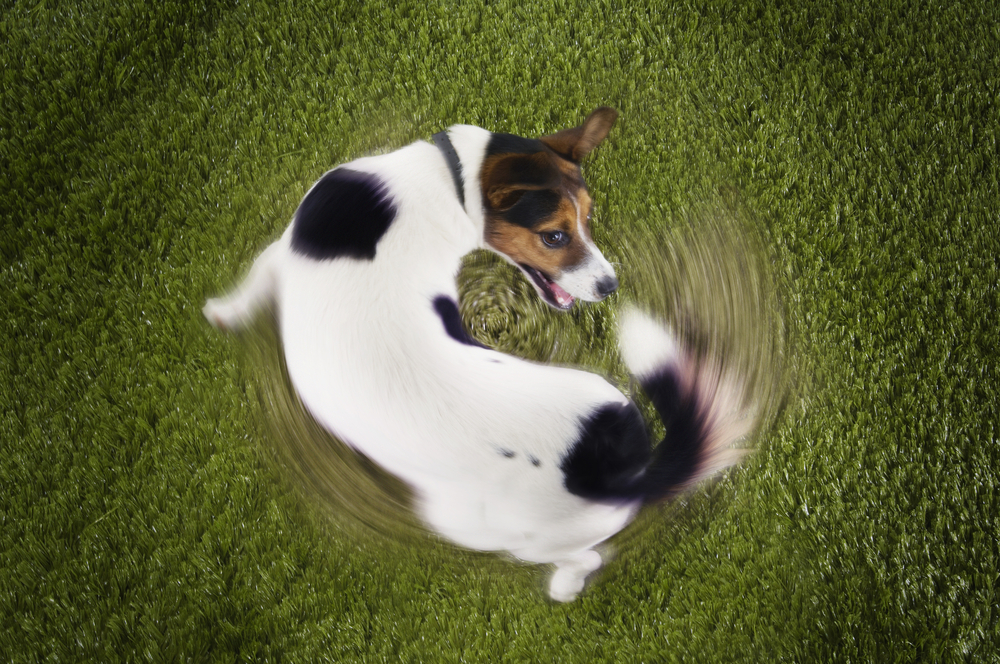
Ever watched your dog whirl around in circles, trying to catch its own tail like it’s the ultimate game? Tail chasing can seem silly, but it’s not just about entertainment. According to the American Kennel Club, this behavior can indicate a need for more physical activity or mental stimulation. Dogs, especially puppies, might chase their tails as a way to burn off excess energy or because they’re curious about that “thing” trailing behind them.
In some cases, tail chasing can also hint at underlying medical issues, such as allergies or neurological problems. Pay attention to how often your dog engages in this behavior. If it’s frequent, it might be time to consult a vet to rule out health concerns. Sometimes, tail chasing can even be a sign of obsessive-compulsive behavior in dogs, which could require training or behavioral therapy to address.
2. Why Does My Dog Tilt Its Head When I Speak?
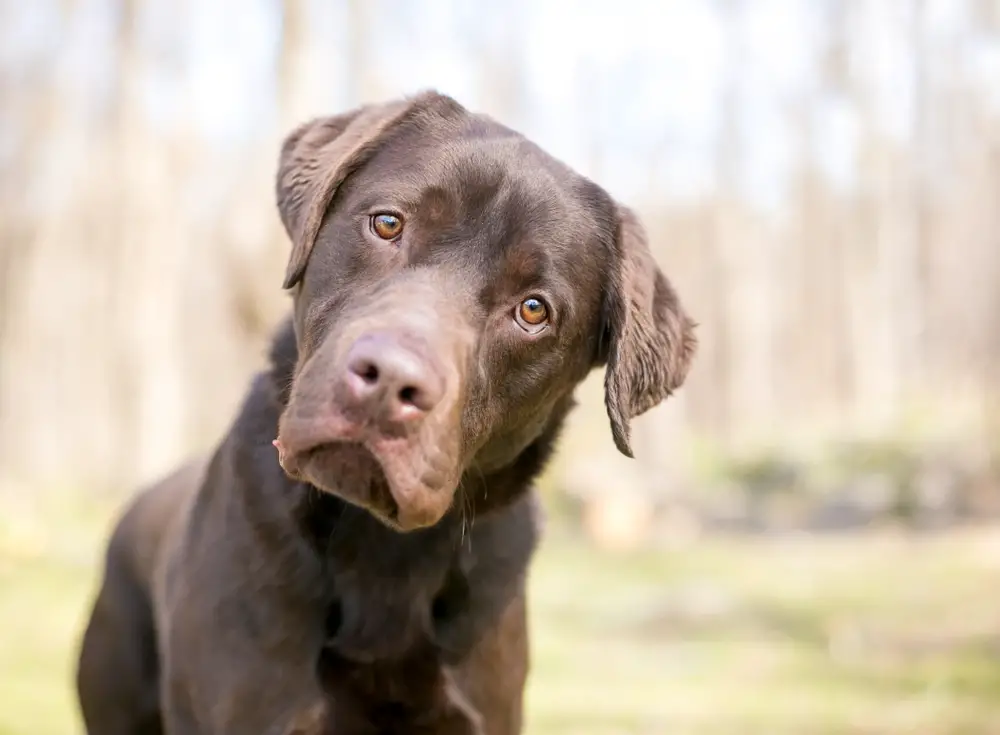
That adorable head tilt your dog does when you’re chatting away isn’t just for cuteness points. Dogs tilt their heads to adjust their ears and better understand the sounds you’re making. According to a study published in the journal *Animal Cognition*, this behavior can help dogs locate the source of a sound. It might also be a sign that your dog is trying to comprehend what you’re saying or pick up on familiar words.
Beyond the functional reasons, the head tilt can also be a way for dogs to engage with us. It’s their way of saying, “I’m paying attention to you.” This behavior strengthens the bond between you and your furry friend, signaling that they’re not just hearing you, but truly trying to understand. So next time your pup tilts its head, remember it’s more than just a cute gesture; it’s a sign of their eagerness to connect.
3. Why Does My Dog Roll in Smelly Stuff?
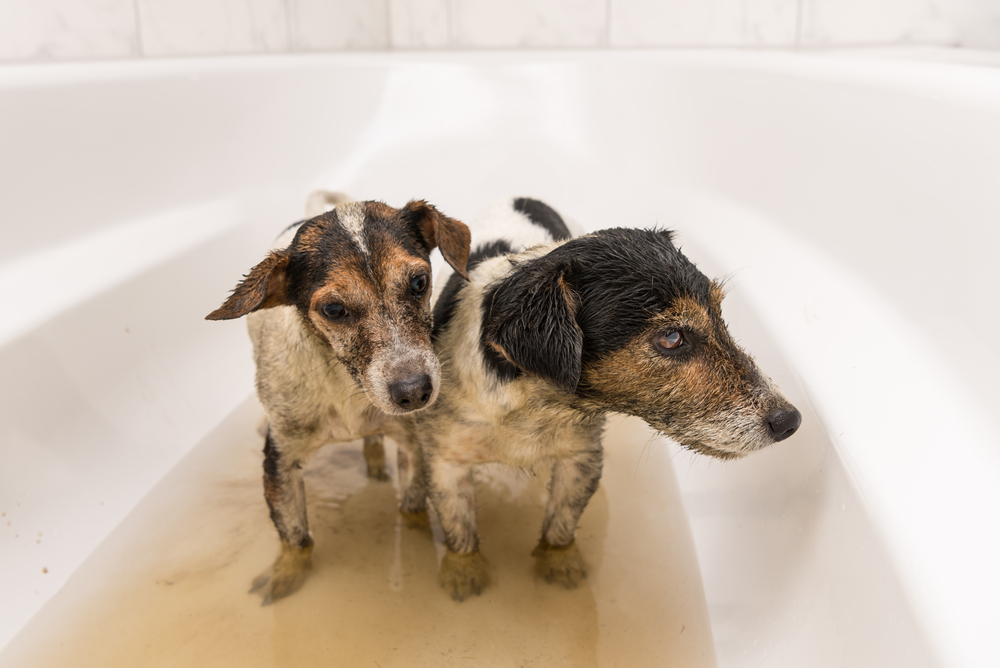
As much as we love our dogs, their penchant for rolling in smelly things is less than charming. But rest assured, there’s a method to this madness. Dogs might roll in smelly stuff to mask their own scent. According to PetMD, this behavior harks back to their wild ancestry, where concealing their smell would help them avoid predators or sneak up on prey.
This instinctual behavior can also serve as a form of communication. By rolling in a particular scent, dogs might be trying to convey information about where they’ve been to other dogs. Although it’s not the most pleasant habit for us humans, it’s an integral part of how dogs interact with the world around them. Next time your dog emerges from a smelly romp, remember it’s not just mischief; it’s nature at work.
4. Why Does My Dog Lean on Me?
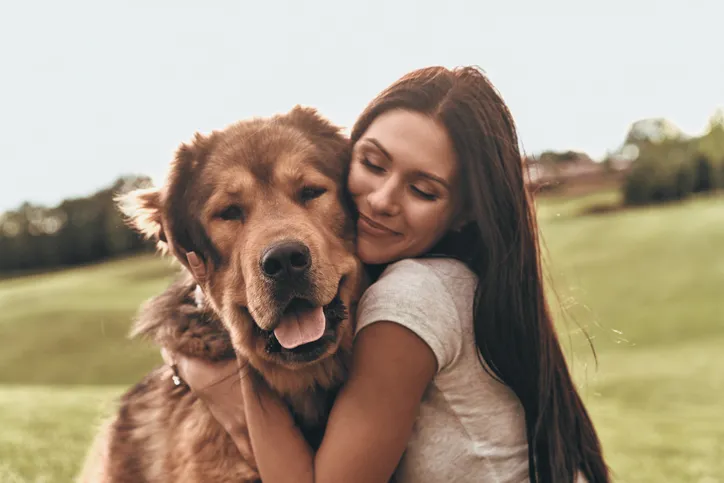
When your dog leans against you, it might seem like they’re just seeking warmth or comfort. But, did you know this behavior is a strong sign of affection and trust? Dogs are pack animals, and leaning on you is their way of seeking closeness and security. It’s akin to a hug from a human, offering an emotional connection and reassurance that you’re part of their pack.
In addition to being a sign of love, leaning can also indicate your dog is seeking protection. If your dog tends to lean when they’re nervous or in an unfamiliar situation, they’re looking to you for guidance and support. This behavior underscores the bond you share, highlighting that you’re their safe haven. So next time you feel that gentle pressure against your leg, embrace it as a heartfelt doggie hug.
5. Why Does My Dog Bark at Nothing?
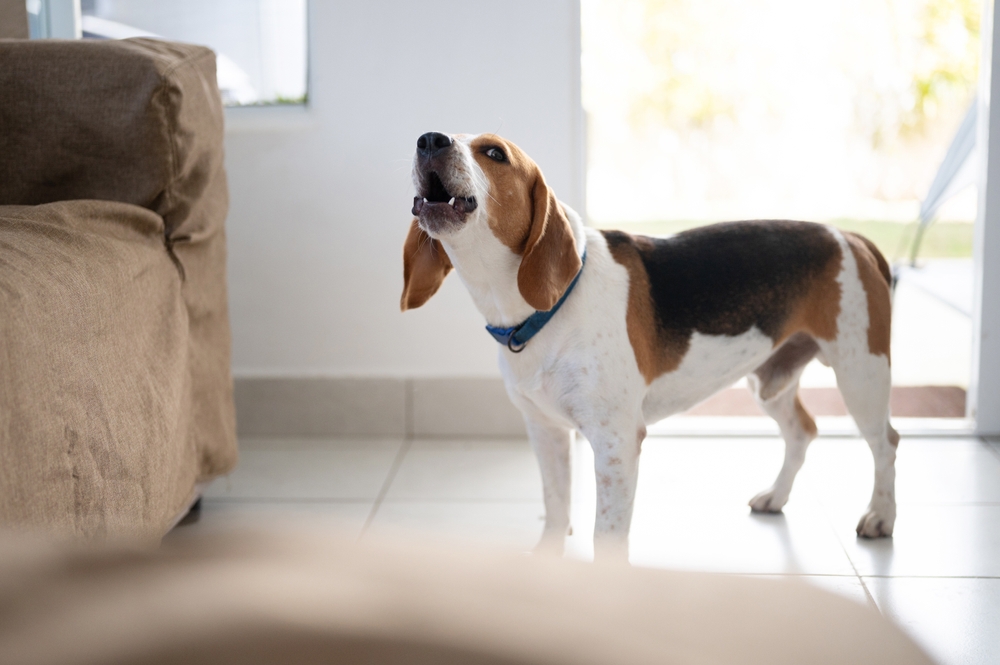
We’ve all been there: your dog starts barking seemingly at thin air, and you start wondering if they see something you don’t. Dogs have heightened senses, including acute hearing and a strong sense of smell, which means they can detect things that are imperceptible to us. They might be hearing distant sounds, smelling something intriguing, or reacting to subtle changes in their environment.
Barking at “nothing” can also be a response to boredom or a way to grab your attention. Some dogs bark out of habit, especially if they’ve learned it’s an effective way to get what they want. Understanding the context and frequency of this behavior can help determine whether it’s merely a quirky trait or something that requires attention. Engaging your dog in more activities and providing mental stimulation can often reduce instances of seemingly random barking.
6. Why Does My Dog Eat Grass?
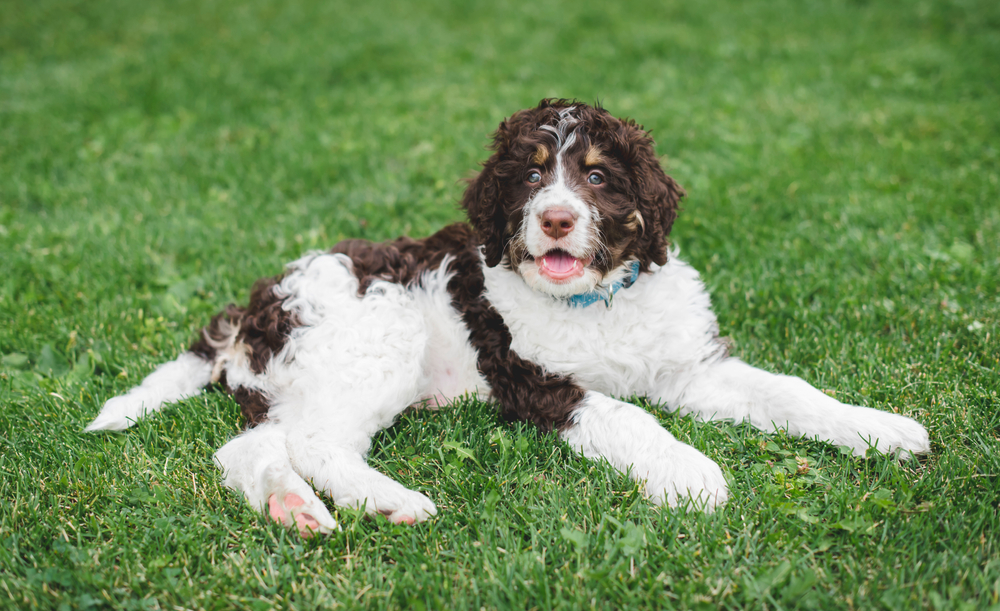
When your dog munches on grass, your first thought might be that something’s amiss. But this behavior is quite common and usually harmless. Many dogs eat grass occasionally, and the reasons vary from needing more fiber in their diet to simply liking the taste and texture. Some experts suggest that dogs might eat grass to help induce vomiting if they’re feeling unwell.
However, if your dog is eating grass frequently or excessively, it might be worth a chat with your vet. It’s important to ensure your dog is getting the right nutrients from their regular food. Additionally, be mindful of where your dog is consuming grass, as treated lawns could expose them to harmful chemicals. Overall, an occasional grass snack is a normal part of being a dog.
7. Why Does My Dog Howl with Sirens?

When sirens wail in the distance, your dog might join in with a howl, turning your home into a canine concert hall. This behavior is rooted in the ancestral traits of dogs, whose wolf ancestors would howl to communicate with each other across large distances. Howling in response to sirens could be your dog’s way of connecting with what they perceive as another “pack.”
Dogs might also howl alongside sirens due to the sound’s high frequency, which can be similar to other animal calls. This could trigger your dog’s instinct to join in, almost as if they’re having a long-distance chat with the source of the sound. While the howling can be amusing or occasionally disruptive, it’s a natural and ancient behavior that many dogs exhibit, and it’s nothing to worry about.
8. Why Does My Dog Circle Before Lying Down?
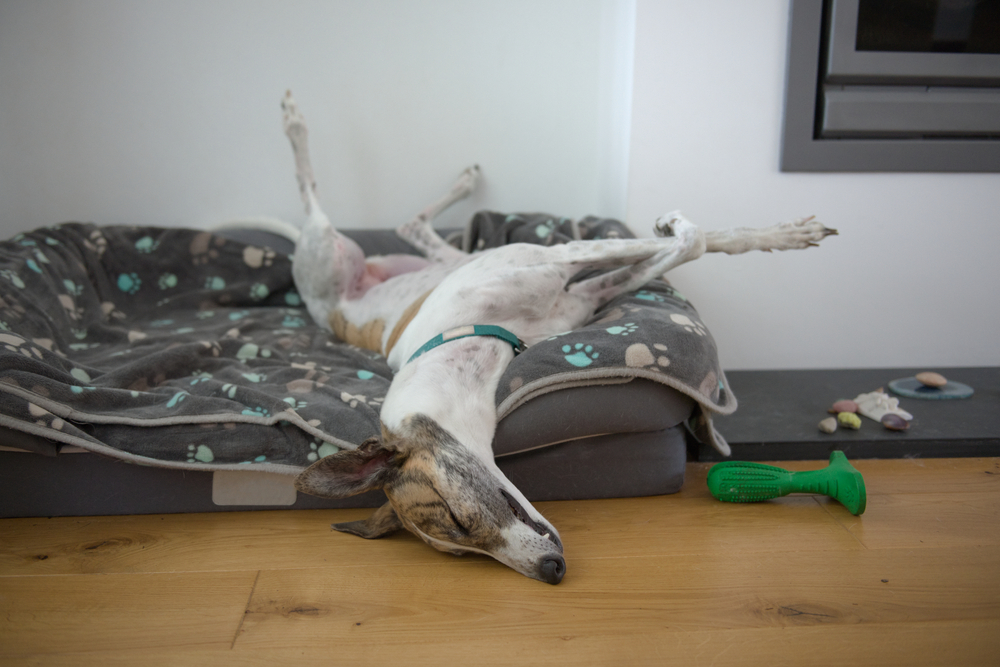
That little ritual of circling before lying down can seem like a performance, but it actually has a historical purpose. This behavior dates back to dogs’ wild ancestors, who would trample down grass or leaves to create a comfortable, safe spot to rest. Circling helps dogs assess their sleeping area for safety and comfort, ensuring they’re not settling onto something sharp or unpleasant.
Modern dogs retain this behavior as a leftover instinct, and it’s also a way for them to make a personal space feel just right. It can also serve as a way for dogs to stake their claim on a particular spot, much like fluffing a pillow before sleep. While your pooch’s bed is likely far more comfortable than a patch of grass, this behavior is a charming nod to their roots.
9. Why Does My Dog Nudge with Its Nose?
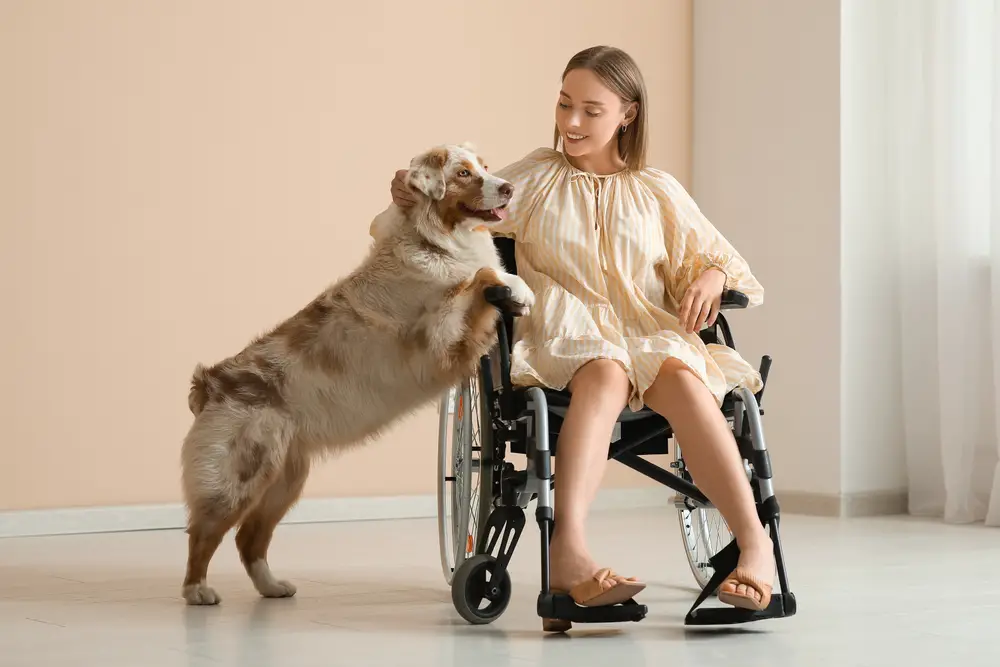
When your dog nudges you with their nose, they’re doing more than just asking for attention. This behavior has its roots in communication, as dogs use their noses to explore and interact with their environment. A nose nudge can be a way of saying “hello,” seeking affection, or prompting you to play or pay attention.
Nose nudges can also be a way for your dog to assert dominance or establish boundaries. If your dog nudges another animal or even an object, they might be marking their territory or expressing curiosity. Regardless of the reason, nose nudging is a versatile communication tool in a dog’s repertoire, signaling everything from love and affection to curiosity and exploration.
10. Why Does My Dog Dig at the Carpet?
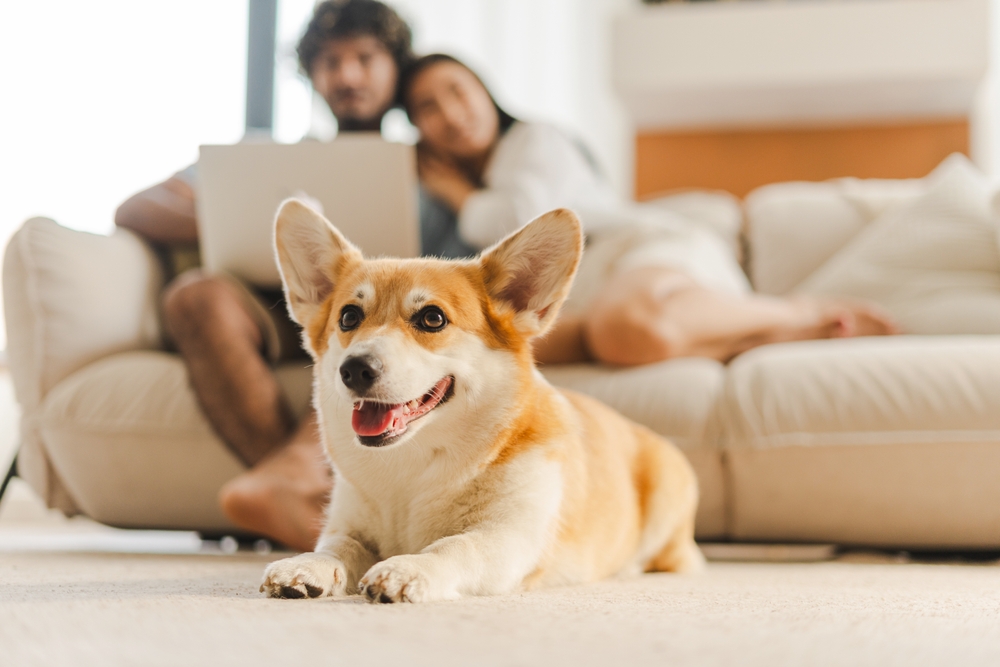
Watching your dog dig at the carpet might make you wonder if they’re on the hunt for a hidden treasure. While it might seem strange, this behavior is usually linked to instinctual nesting behaviors. Dogs dig to create a comfortable resting spot, a trait passed down from their wild ancestors who would dig to build nests for sleeping.
Apart from nesting, carpet digging can be a sign of boredom or anxiety. When dogs are feeling stressed or lack mental stimulation, they might channel that energy into repetitive behaviors like digging. Providing your dog with plenty of exercise and mental challenges can help curb this behavior. Remember, this quirky habit is a natural expression of your dog’s instincts.
11. Why Does My Dog Lick the Air?
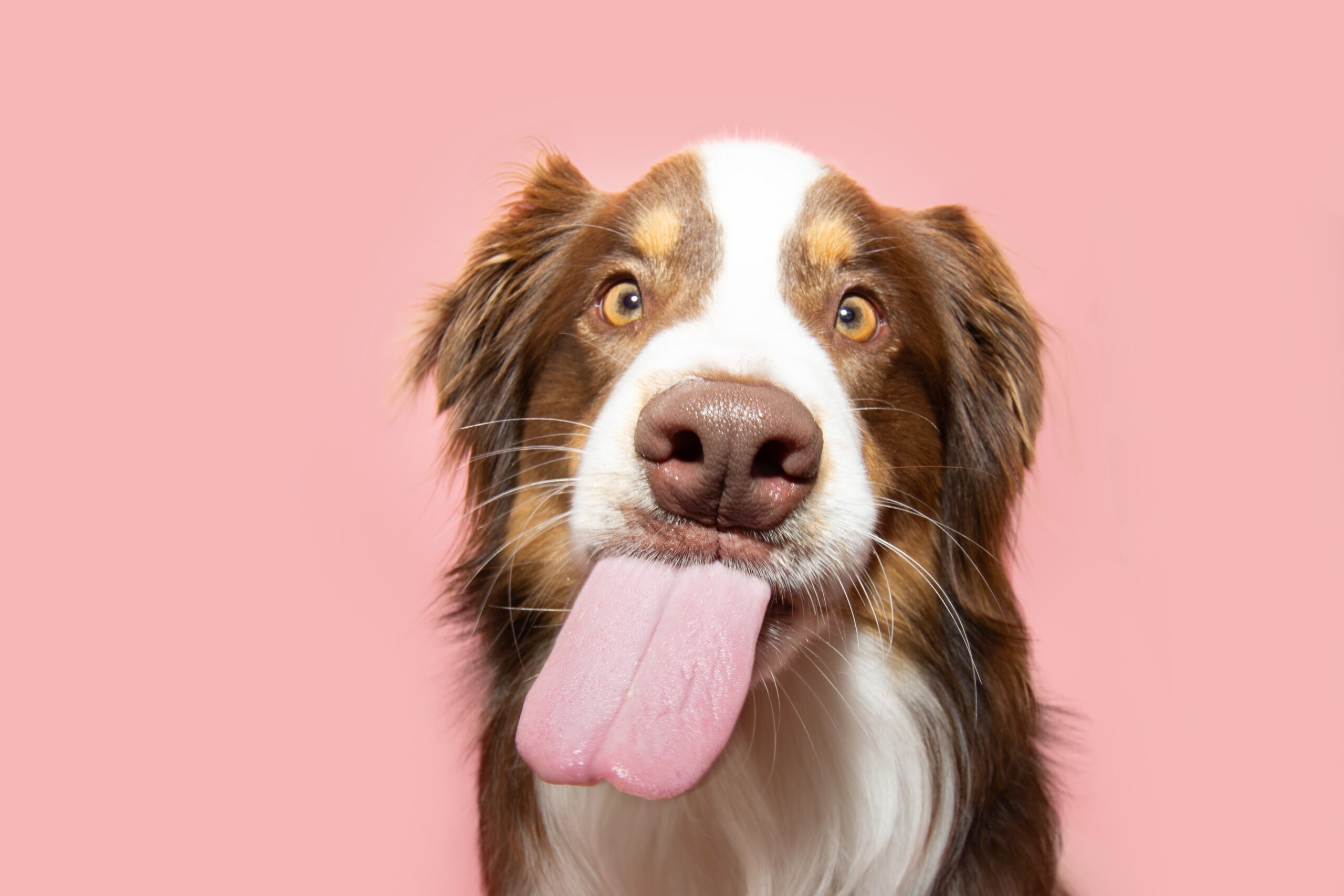
If your dog is licking the air, it might seem like they’re trying to catch invisible treats. Air licking can be a response to various stimuli, including tasting lingering scents in the air or dealing with an itch or irritation in their mouth or throat. Sometimes, this behavior is simply a part of a dog’s sensory exploration, as they use their tongues to evaluate their surroundings.
Frequent air licking can also indicate discomfort or dental issues that warrant further investigation. If it becomes excessive, consider visiting a vet to rule out any underlying health problems. In many cases, occasional air licking is just another quirky dog behavior, revealing their curious nature and desire to interact with their environment.
12. Why Does My Dog Bark in Their Sleep?

Ever been startled by your dog’s sudden barks or whimpers while they’re snoozing? Just like humans, dogs experience different sleep cycles, including REM (Rapid Eye Movement) sleep, where dreaming occurs. Barking, twitching, and even running movements can be a part of their dream state, as they relive exciting moments or chase imaginary squirrels.
Dreaming is a sign of a healthy sleep cycle and not usually a cause for concern. If your dog’s sleep barking becomes frequent or intense, ensure they have a comfortable sleeping environment. While it might disturb your own slumber, it’s a fascinating glimpse into your dog’s vivid dream world, where they’re likely reliving their most adventurous moments.
13. Why Does My Dog Carry Things in Its Mouth?
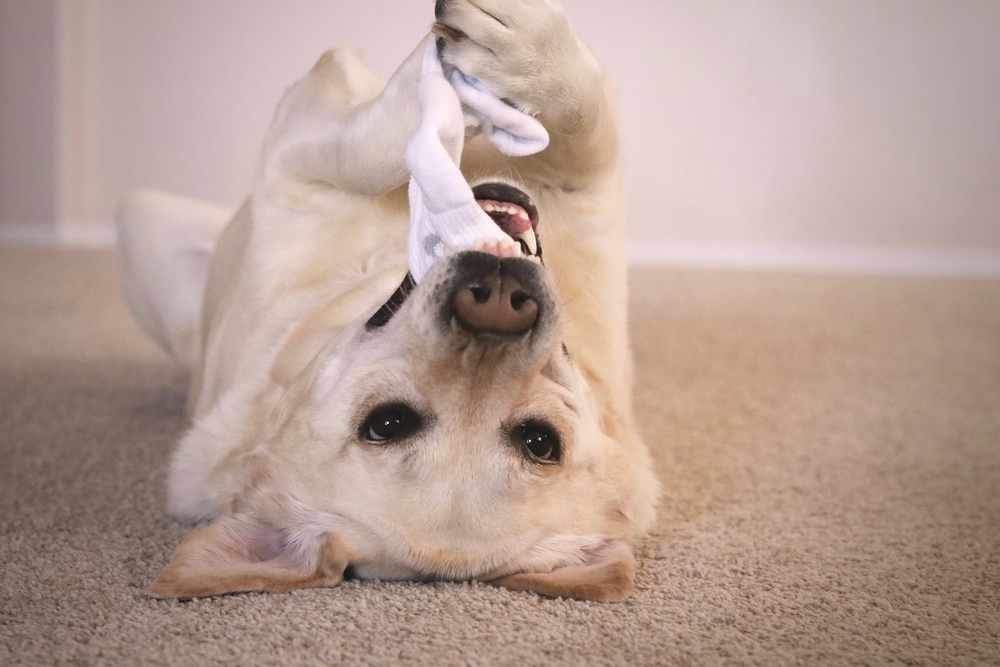
When your dog carries around a toy or your socks, they’re not just showing off their prized possessions. This behavior is rooted in their instinctual prey drive, as dogs historically carried food or treasures back to their dens. Carrying items can also be a sign of affection, as your dog might want to share their “finds” with you or keep them close for comfort.
Additionally, carrying things in their mouth is a form of play and mental stimulation. Dogs are natural problem solvers, and this behavior allows them to engage with their environment and satisfy their curiosity. Encourage this harmless behavior with appropriate toys, and enjoy the adorable antics of your dog’s “treasure hunting” missions.
14. Why Does My Dog Sniff Everything?
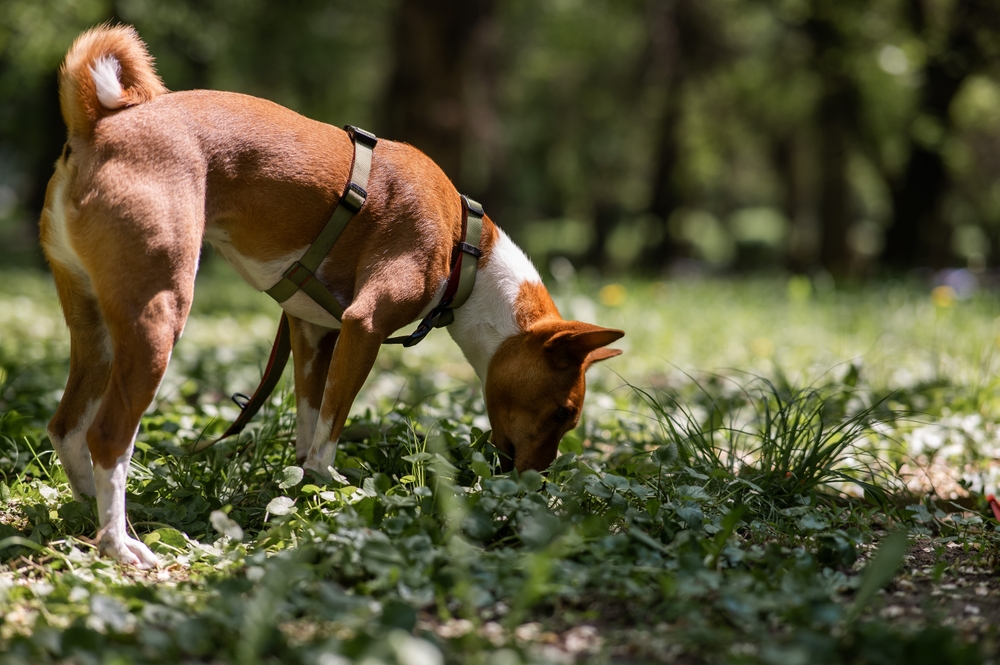
Dogs are notorious for their sniffing habits, and while it might slow down your walks, it’s an essential part of their world exploration. With a sense of smell far more developed than humans, dogs use their noses to gather information about their surroundings, detect scents, and understand their environment. Sniffing is how they communicate with other dogs and learn about the world.
It’s also a form of mental stimulation, as each sniff presents new and exciting information. Allowing your dog time to sniff during walks can enhance their experience and provide them with the mental exercise they need. Embrace their sniffing habit as a vital part of their daily routine and a window into their perceptive world.
15. Why Does My Dog Sleep on Its Back?

Seeing your dog sprawled out on their back, belly exposed, might seem like an odd way to rest, but it’s a sign of trust and comfort. This position allows dogs to cool down, especially in warm weather, as the fur on their belly is thinner. Sleeping on their back also indicates that your dog feels safe and secure in their environment, as it exposes their vulnerable underside.
Not all dogs sleep this way, and preferences can vary based on their personality and comfort levels. If your dog adopts this position, take it as a compliment to your nurturing environment. It’s a testament to your dog’s sense of security and their ability to relax and unwind completely.
